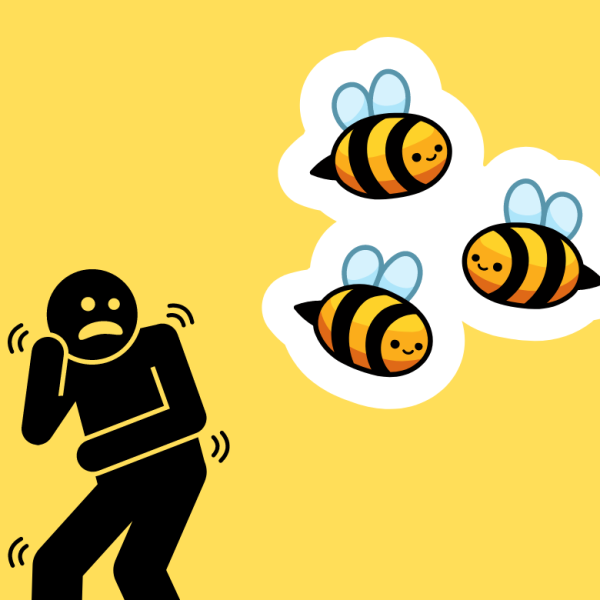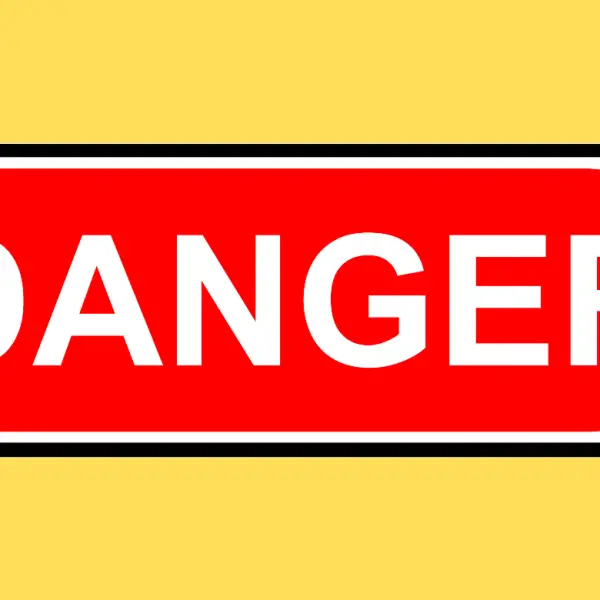Introduction;
A honeybee hive resembles a community with tens of thousands of bees living in a complex miniature world. Within this bustling society, each bee has its role. The most vital position belongs to the queen bee. The queen is responsible for maintaining the harmony and rhythm of the colony. Beekeepers find it essential to identify the queen accurately as she plays a role in ensuring the hives well being. To facilitate identification amidst worker bees, beekeepers sometimes mark their queens with special tags like a dot on their head. This marking system enables a more efficient way of the management of the hive.
Reasons Why Bee Keepers Mark The Queen Bee
Simplifying Identification:
In beekeeping, marking the queen is a crucial practice for simplifying hive management. Beekeepers use non-toxic markers to give the queen a distinct color or number, making her easily distinguishable amid the thousands of worker bees. This identification method aids beekeepers during routine hive inspections, allowing them to quickly spot the queen and assess her condition. The marked queen becomes a focal point, making it easier for beekeepers to observe her behavior, egg-laying patterns, and overall health. This simplification enhances the efficiency of hive monitoring and ensures that the queen, a vital component of the colony, is readily identifiable for proper care and attention.
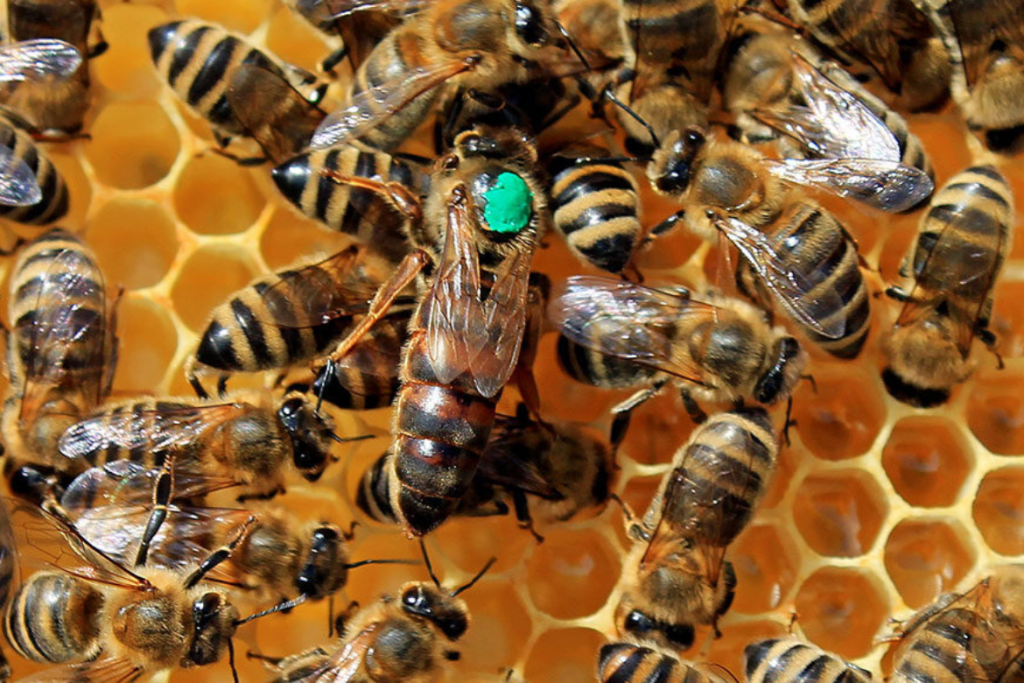
Age Identification:
Tracking the age of the queen is a valuable aspect of beekeeping. When a queen is introduced to a hive, beekeepers mark her with a specific color or number that corresponds to the year of her birth. This enables beekeepers to estimate the queen’s age during subsequent inspections. As queens have a finite lifespan, typically a few years, beekeepers use this information to anticipate when the queen may begin to decline in egg-laying productivity. By understanding the queen’s age, beekeepers can make informed decisions about when to introduce a new queen to ensure the continuous vitality of the hive.
Disease Monitoring:
Marking the queen serves as an essential tool for disease monitoring within the hive. The queen is a central figure, and changes in her behavior or appearance can signal potential health issues. Beekeepers regularly observe the marked queen during inspections, looking for signs of illness, stress, or abnormalities. Any deviation from normal behavior may indicate the presence of diseases or environmental stressors affecting the hive. Early detection through the monitoring of the marked queen allows beekeepers to take timely corrective measures, such as implementing disease management strategies or improving hive conditions to maintain the overall health of the colony.

Record-Keeping:
The practice of marking queens contributes significantly to meticulous record-keeping in beekeeping. Beekeepers maintain detailed records for each marked queen, noting important information such as the date of introduction, performance assessments, and any notable changes over time. This historical documentation provides a comprehensive overview of the hive’s development and the individual queens’ contributions. By referring to these records, beekeepers can make informed decisions about hive management, track breeding success, and assess the overall health and productivity of their colonies.
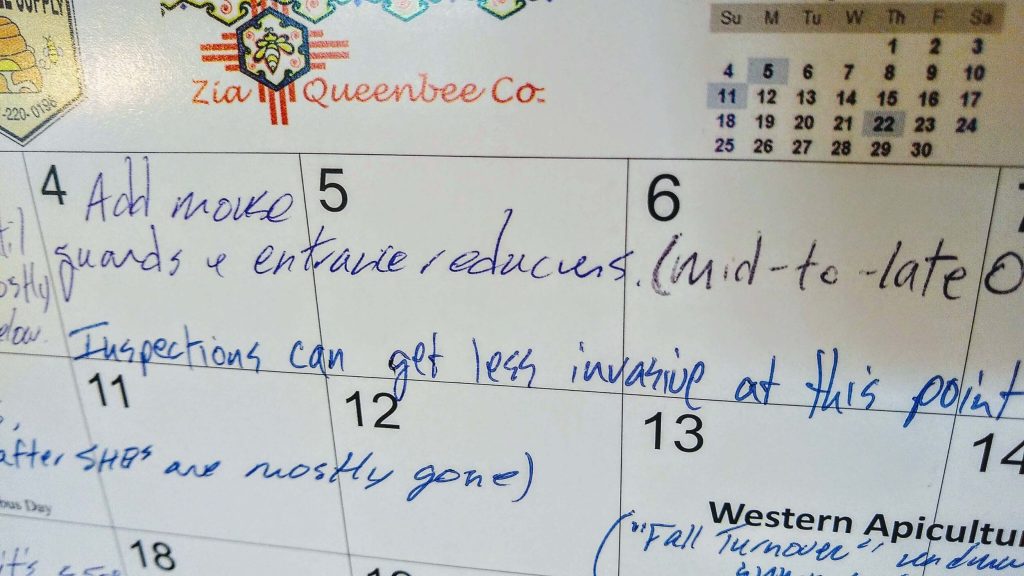
Behavioral Observation:
Marking queens is not just about visual identification; it also opens a window for behavioral observation. Each queen has distinct traits and behaviors that can influence the hive dynamics. Beekeepers keenly watch the marked queen, noting her temperament, egg-laying patterns, and interactions with worker bees. This behavioral insight aids in selecting queens that exhibit desirable qualities, such as gentleness, prolific egg-laying, and overall colony leadership. By tracking and understanding these behavioral nuances, beekeepers can make informed decisions about which queens to propagate through selective breeding, contributing to the overall improvement of hive characteristics.
Swarm Prevention:
Marking queens play a pivotal role in swarm prevention strategies. As colonies grow, the desire to swarm and establish new colonies can arise. The marked queen allows beekeepers to quickly identify her during inspections. If signs of swarming are detected, beekeepers can implement preventative measures, such as splitting the hive or providing additional space. Timely intervention helps retain the marked queen and a portion of the colony, preventing the loss of bees and maintaining the stability of the original hive.
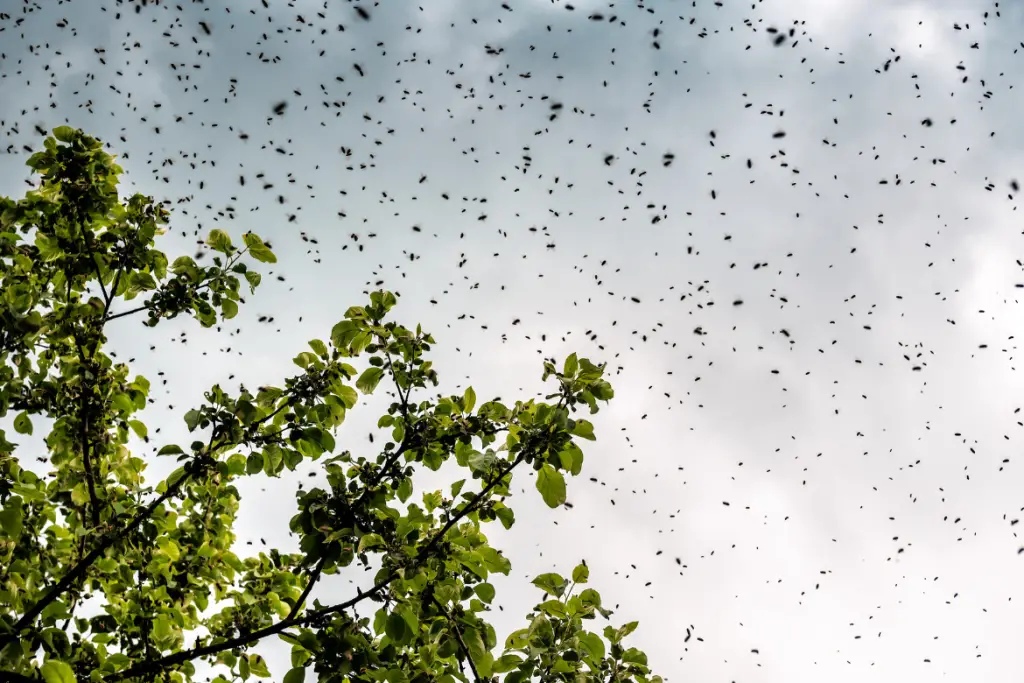
Research and Data Collection:
For researchers and scientists studying bee behavior and ecology, marked queens are valuable subjects. The distinct markings enable researchers to track individual queens over time, collecting data on their movements, interactions, and overall contributions to the colony. This data contributes to a broader understanding of bee biology, hive dynamics, and environmental factors influencing bee populations. Marked queens become key participants in studies aimed at improving beekeeping practices, enhancing pollination efforts, and addressing challenges faced by bee populations on a broader scale.
Educational Purposes:
Marked queens serve an educational role in beekeeping, especially for beginners. The distinct markings make it easier for novices to locate and observe the queen during hands-on learning experiences. Beekeeping instructors and mentors often use marked queens to demonstrate hive management principles, bee behavior, and the significance of the queen in colony dynamics. This visual aid enhances the educational process, helping new beekeepers develop the skills and confidence needed to effectively care for their hives and contribute to the thriving beekeeping community.
Conclusion
Marking queen bees is a beekeeping practice. It facilitates identification and aids in hive management. Allows for accurate tracking of important information such, as age and history.
As beekeepers involve themselves in this practice it becomes crucial to strike a balance, between the risks especially in terms of potential harm to the queen, and the numerous advantages it offers in terms of hive health and organization. By adopting responsible beekeeping methods beekeepers contribute significantly to the welfare of their colonies and the overall sustainability of bee populations. The marking of queen bees serves as evidence of the partnership, between beekeepers and their hardworking honeybee allies.


